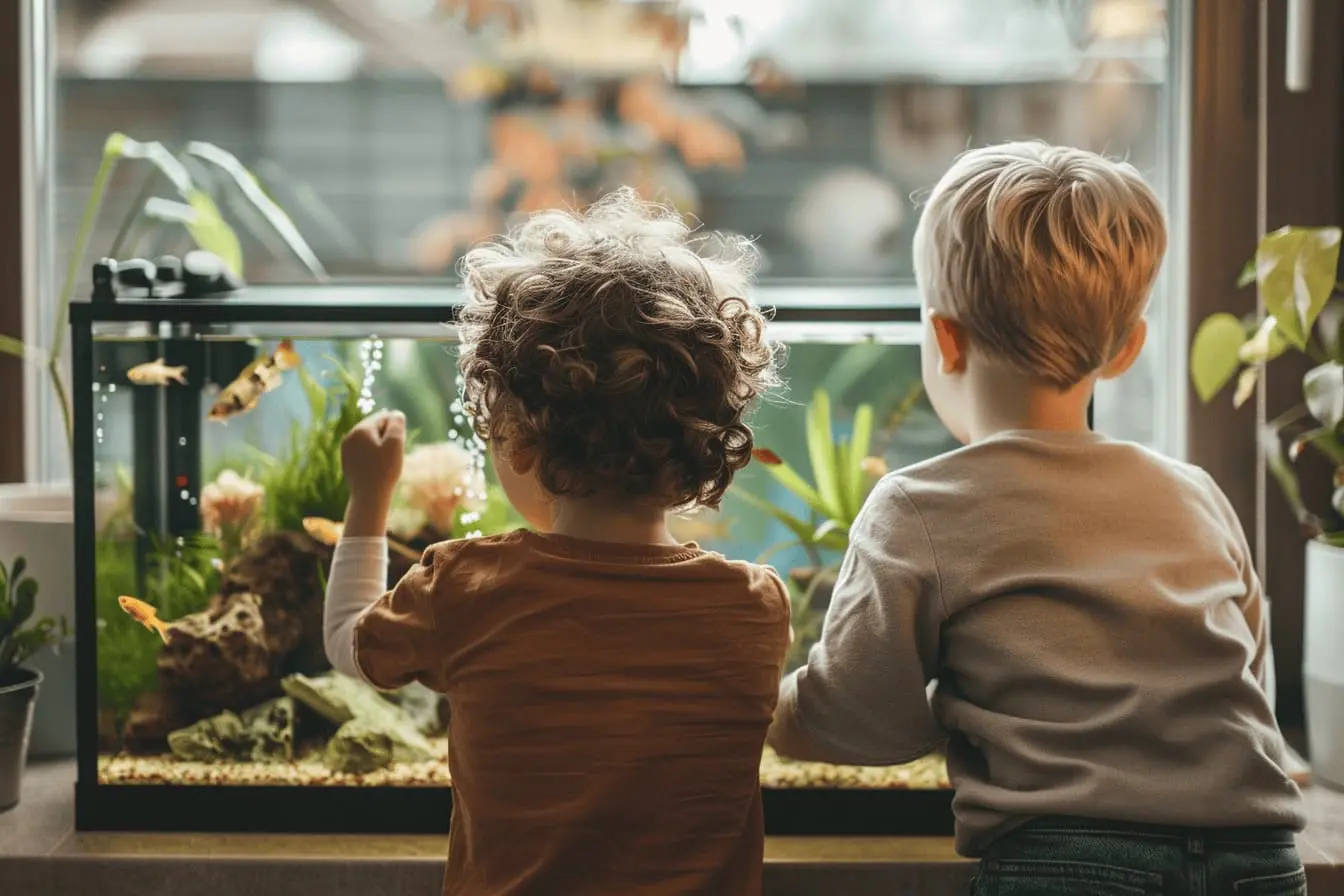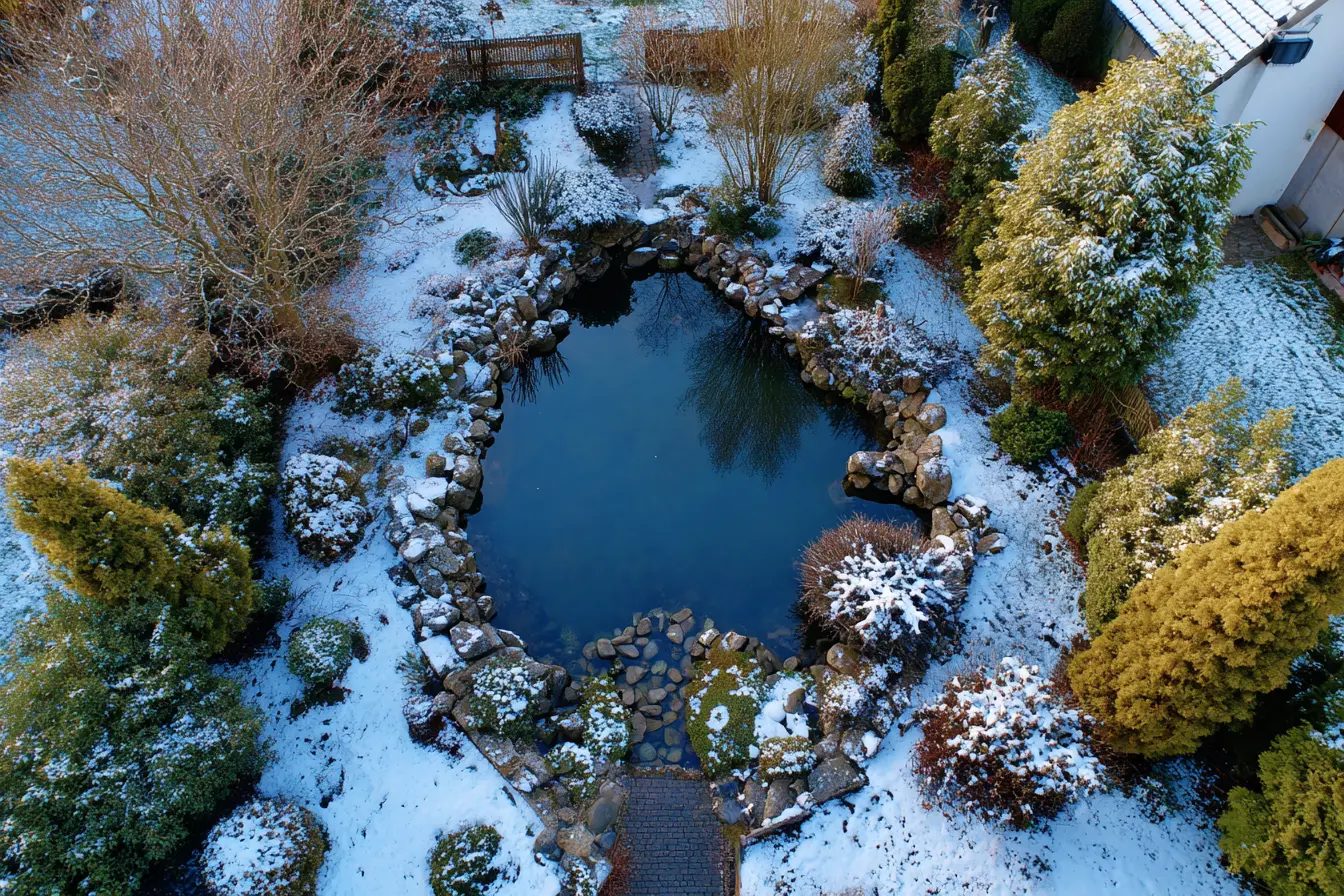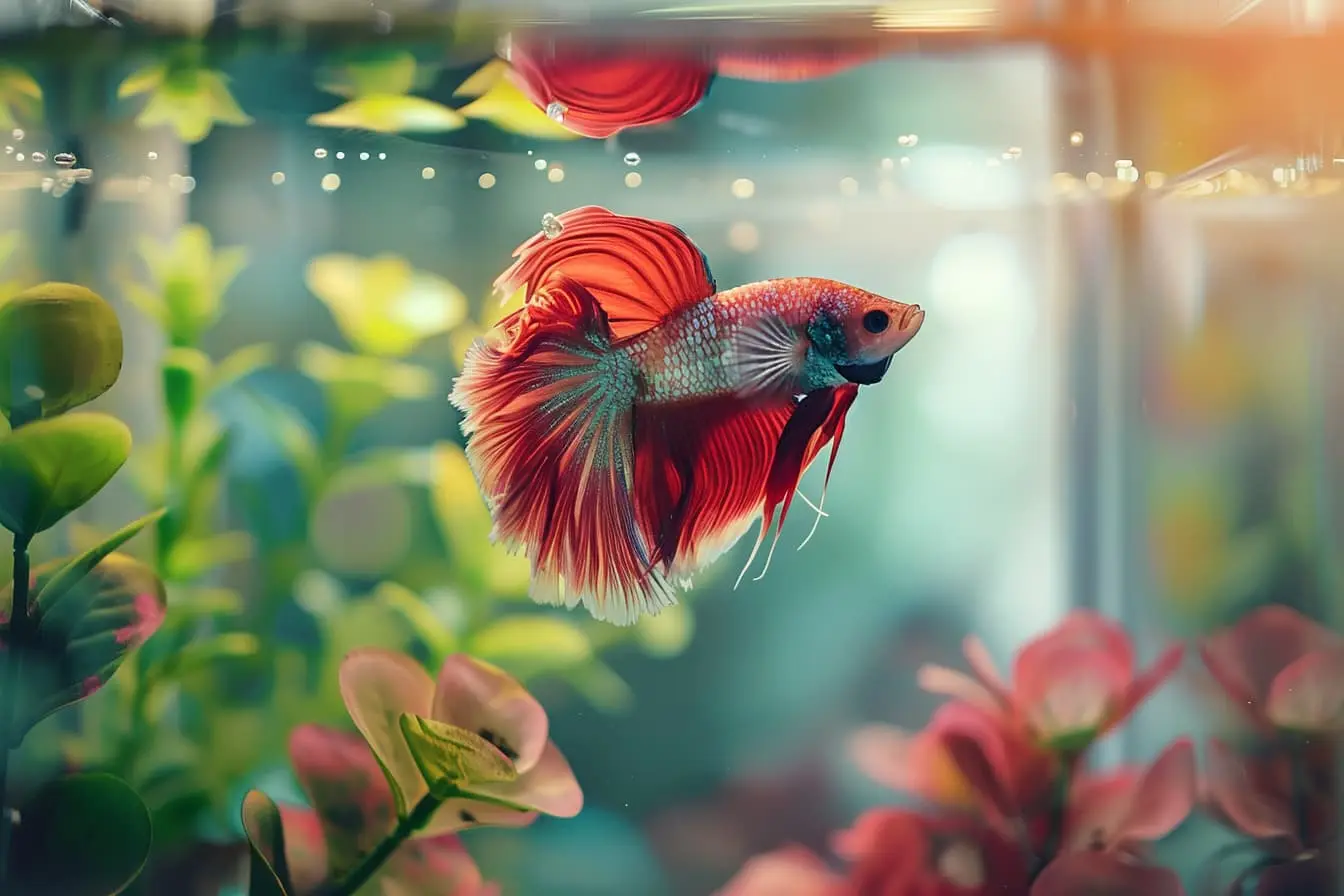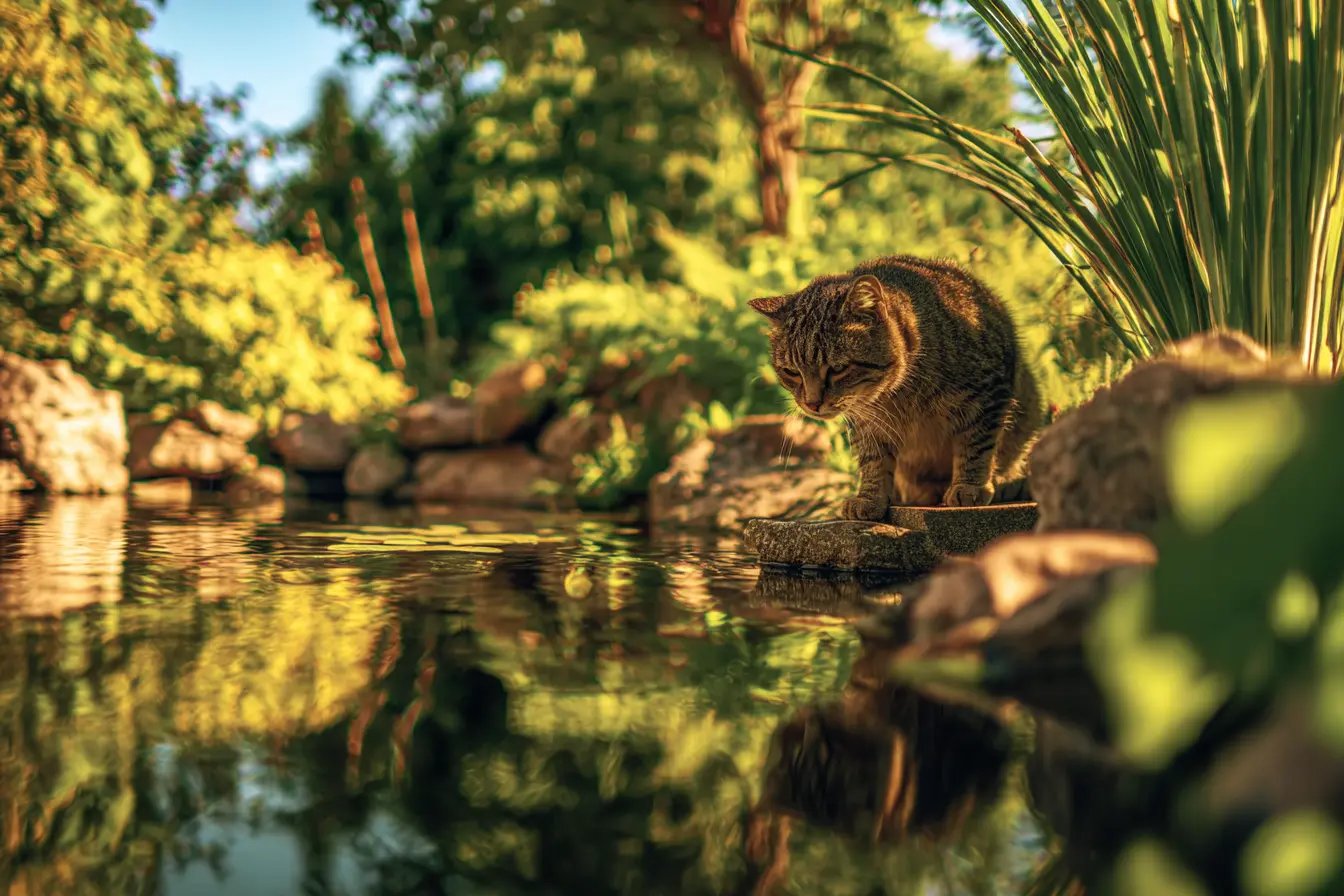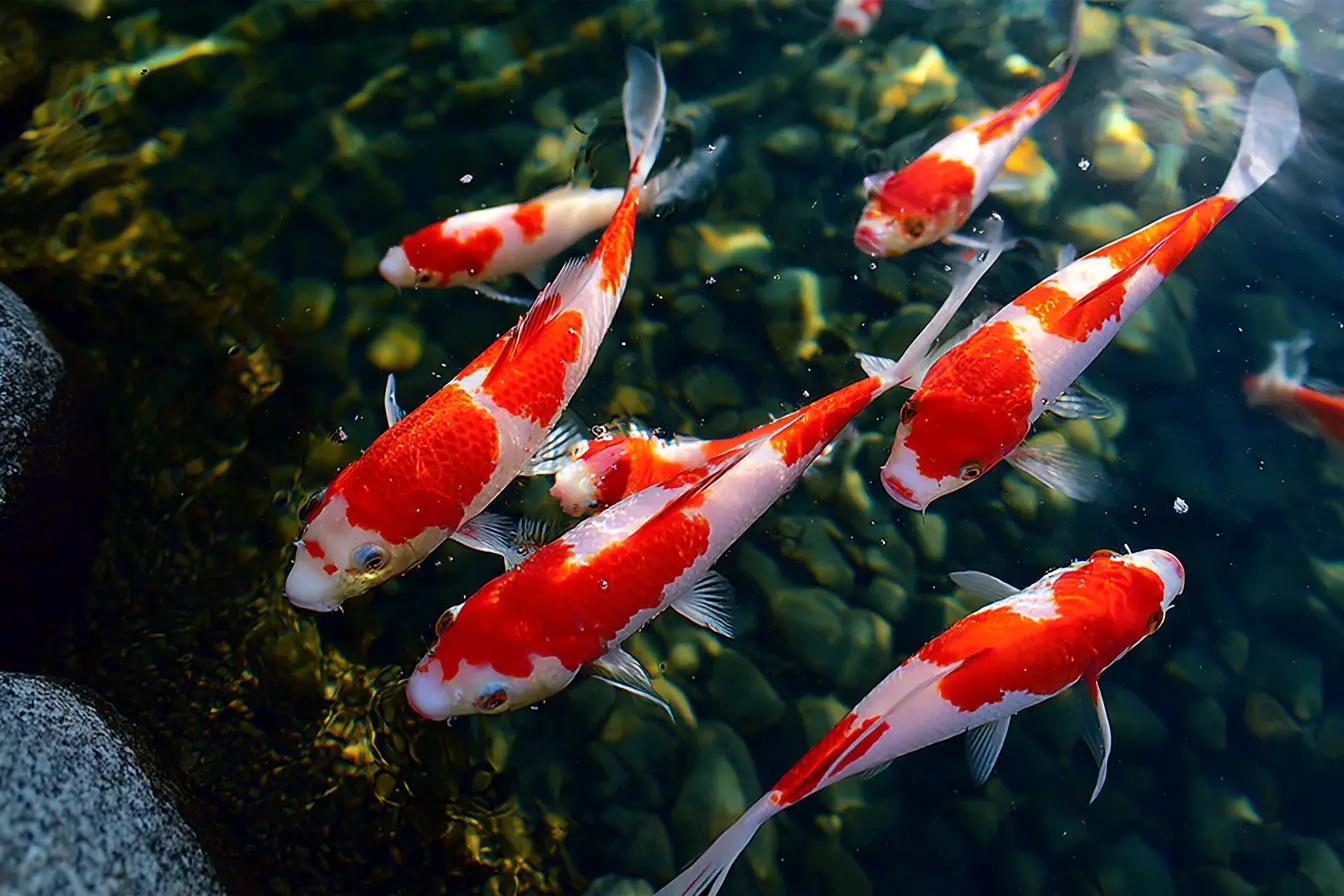
Keeping Sarasa Comets: A Detailed Guide for Pond Owners
Sarasa Comets are a popular choice for garden ponds in the UK, thanks to their striking red and white colouration and hardy nature. These beautiful fish bring a touch of elegance and vibrancy to any pond, and they’re known for their active swimming behaviour and peaceful temperament. Here’s everything you need to know to keep your Sarasa Comets healthy and happy in your pond.
What Are Sarasa Comets?
Sarasa Comets are a type of single-tailed goldfish, closely related to common goldfish and comet goldfish. They have long, flowing tails and bright red-and-white patterns that resemble the colours of the prized Tancho koi. Unlike fancy goldfish varieties, Sarasa Comets are well-suited to outdoor pond life, making them a favourite among pond keepers.
Choosing Sarasa Comets
When buying Sarasa Comets, look for:
- Bright red and white patterns that are clear and vibrant.
- Smooth, healthy scales without any white spots, ulcers, or tears in the fins.
- Active swimming behaviour and good responsiveness.
Avoid fish that appear lethargic, have clamped fins, or show signs of disease.
Creating the Perfect Pond Environment
Pond Size and Depth
Sarasa Comets are active swimmers and need plenty of space:
- Minimum pond size: At least 1,000 litres (220 gallons) for a small group.
- Pond depth: At least 45 cm deep in mild climates, but 60 cm or deeper is ideal in the UK to help them survive winter temperatures.
A spacious pond will allow your Sarasa Comets to grow and display their beautiful colours fully.
Filtration and Aeration
Good water quality is essential for Sarasa Comet health:
- Use a reliable filtration system that combines mechanical and biological filtration to remove debris and maintain stable water conditions.
- Incorporate aeration such as a waterfall, fountain, or air stone to ensure oxygen levels remain high, especially during the summer months.
Water Quality
Regular water testing is crucial. Key parameters include:
- pH: Ideally between 7.0 and 8.0.
- Ammonia and nitrite: Both should be zero.
- Nitrate: Keep below 40 ppm to reduce algae growth.
If your pond experiences water quality issues, partial water changes (around 10–20% of the pond volume) can help stabilise the environment.
Feeding Sarasa Comets
Sarasa Comets are omnivores and will enjoy a varied diet:
- Staple diet: High-quality pond fish pellets or sticks.
- Natural foods: They’ll graze on algae and insect larvae in the pond.
- Treats: Offer occasional treats like bloodworms, chopped earthworms, and blanched vegetables (peas, spinach, lettuce) for variety.
Feed 2–3 times daily in warmer months, offering only what they can eat within a few minutes to avoid water pollution. As temperatures drop in autumn, reduce feeding and switch to a wheatgerm-based food that’s easier to digest in cooler temperatures. Stop feeding altogether once water temperatures fall below 10°C.
Seasonal Care and Maintenance
Spring
- Clean the pond and restart any equipment you turned off over winter.
- Perform partial water changes to refresh water and remove any accumulated debris.
- Begin feeding your Sarasa Comets when the water temperature rises consistently above 10°C.
Summer
- Monitor oxygen levels closely during warm weather.
- Provide shade using floating plants like water lilies to help control algae and keep water cool.
- Maintain regular feeding, but avoid overfeeding.
Autumn
- Reduce feeding as water temperatures drop.
- Remove fallen leaves from the pond to prevent them from decaying and polluting the water.
- Prune dying plant material to reduce organic waste.
Winter
- Stop feeding when water temperatures are consistently below 10°C.
- Keep part of the pond surface ice-free using a pond heater, air stone, or de-icer to allow gas exchange.
- Avoid disturbing the fish while they rest in deeper water.
Health and Common Issues
Sarasa Comets are generally hardy, but watch for signs of health problems:
- Ich (white spot): Small white cysts on the skin and fins.
- Fin rot: Ragged or discoloured fins.
- Lethargy or gasping at the surface: Often a sign of poor water quality or low oxygen levels.
If you notice any of these issues, test your water quality first and address any imbalances. If needed, use appropriate treatments following the product instructions carefully.
Adding New Sarasa Comets
Introducing new fish to your pond should be done with care:
- Quarantine new fish in a separate tank for at least two weeks to ensure they’re healthy and disease-free.
- Acclimatise them slowly by floating the bag in the pond for 15–20 minutes, then adding pond water gradually over another 15–20 minutes before release.
- Add them in small groups to avoid overwhelming your pond’s biological filtration system.
Supporting a Balanced Ecosystem
A balanced pond ecosystem helps your Sarasa Comets thrive:
- Aquatic plants: Provide shade, absorb excess nutrients, and offer cover for your fish.
- Marginal and floating plants: Varieties like marsh marigold and water lilies enhance water quality and support wildlife.
- Wildlife habitat: Frogs, newts, and insects all contribute to a healthy pond ecosystem.
Conclusion
Sarasa Comets are a wonderful addition to any garden pond, offering beautiful colour and lively movement. By providing a well-maintained pond with plenty of space, good filtration, and a balanced environment, you’ll ensure your Sarasa Comets remain healthy and bring joy to your garden for years to come.
Related Vets
Vets near you
Speciality vets
- Aquatics vet specialists
- Birds vet specialists
- Camelids vet specialists
- Cats vet specialists
- Cattle vet specialists
- Deer vet specialists
- Dogs vet specialists
- Equines vet specialists
- Exotic vet specialists
- Goats vet specialists
- Pigs vet specialists
- Poultry vet specialists
- Sheep vet specialists
- Small Mammals vet specialists
- Wild vet specialists
